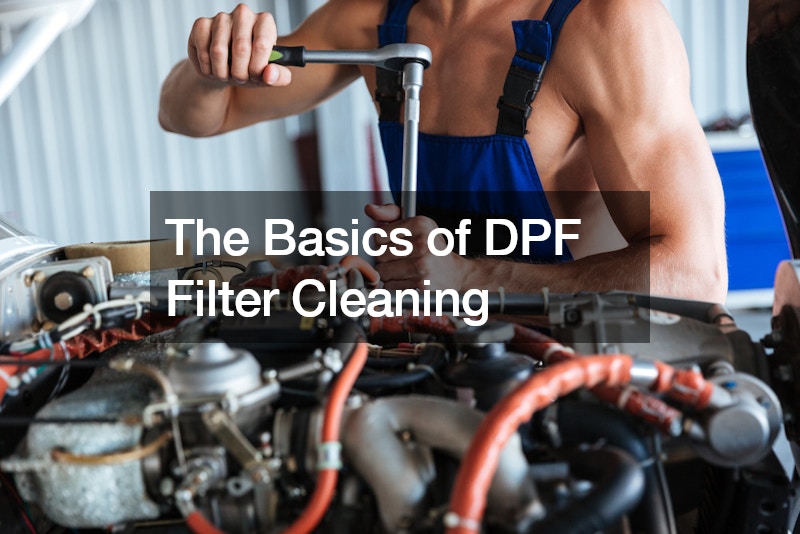
DPF filter cleaning is essential for maintaining the performance and longevity of diesel engines. The Diesel Particulate Filter (DPF) captures and stores exhaust soot to reduce emissions. Over time, the filter becomes clogged with soot and ash, which can affect engine performance and fuel efficiency.
Regular cleaning is necessary to prevent these issues and ensure the filter functions correctly.
There are two main methods for DPF filter cleaning: passive regeneration and active regeneration. Passive regeneration occurs automatically when the exhaust temperature is high enough to burn off the soot. This typically happens during long drives at high speeds. Active regeneration, on the other hand, is initiated by the vehicle’s engine control unit (ECU) when the filter needs cleaning but the exhaust temperature is not high enough. During active regeneration, extra fuel is injected to raise the exhaust temperature and burn off the soot.
Manual cleaning methods are also available, especially when the filter is heavily clogged. These include using specialized DPF cleaning machines that force air or water through the filter to remove accumulated ash and soot. Chemical cleaning agents can also be used to dissolve the contaminants. It’s important to follow the manufacturer’s guidelines and use appropriate cleaning solutions to avoid damaging the filter.

Regular DPF filter cleaning not only helps in maintaining engine performance but also ensures compliance with emission standards. Ignoring the need for cleaning can lead to severe engine problems and costly repairs. Therefore, understanding and implementing proper DPF maintenance is crucial for anyone who operates a diesel vehicle.



